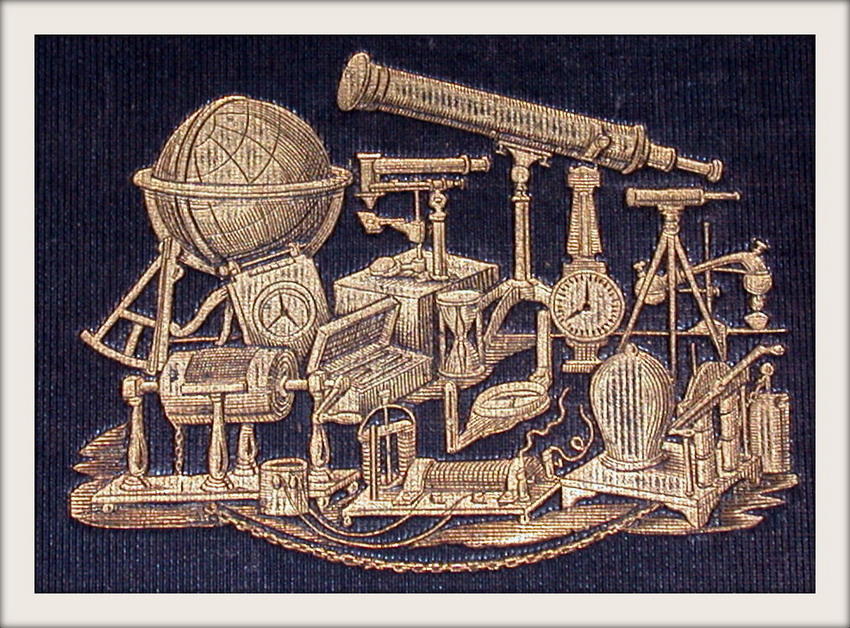1880 · Coldbrook Springs, Massachusetts
by Viles, F. T. ; Holcomb, J. R.
Coldbrook Springs, Massachusetts: F. T. Viles, 1880. Near Fine. 8 x 17 1/2 inches. An advertising assemblage related to the Holcomb Speaking Telephone, washed and laid down on archival tissue, in the form of a broadside. The top and bottom portions of the assemblage are lighter in appearance, the center portion shows evidence of foxing before being washed. There is also evidence near the right edge as if the assemblage was in a frame at some point (perhaps for use in the Agent F. T. Viles' office?). J.R. Holcomb & Co. of Mallet Creek, Ohio patented an acoustic speaking telephone on July 9th, 1878. We find Holcomb advertisements in the Boston Weekly (truncated)





